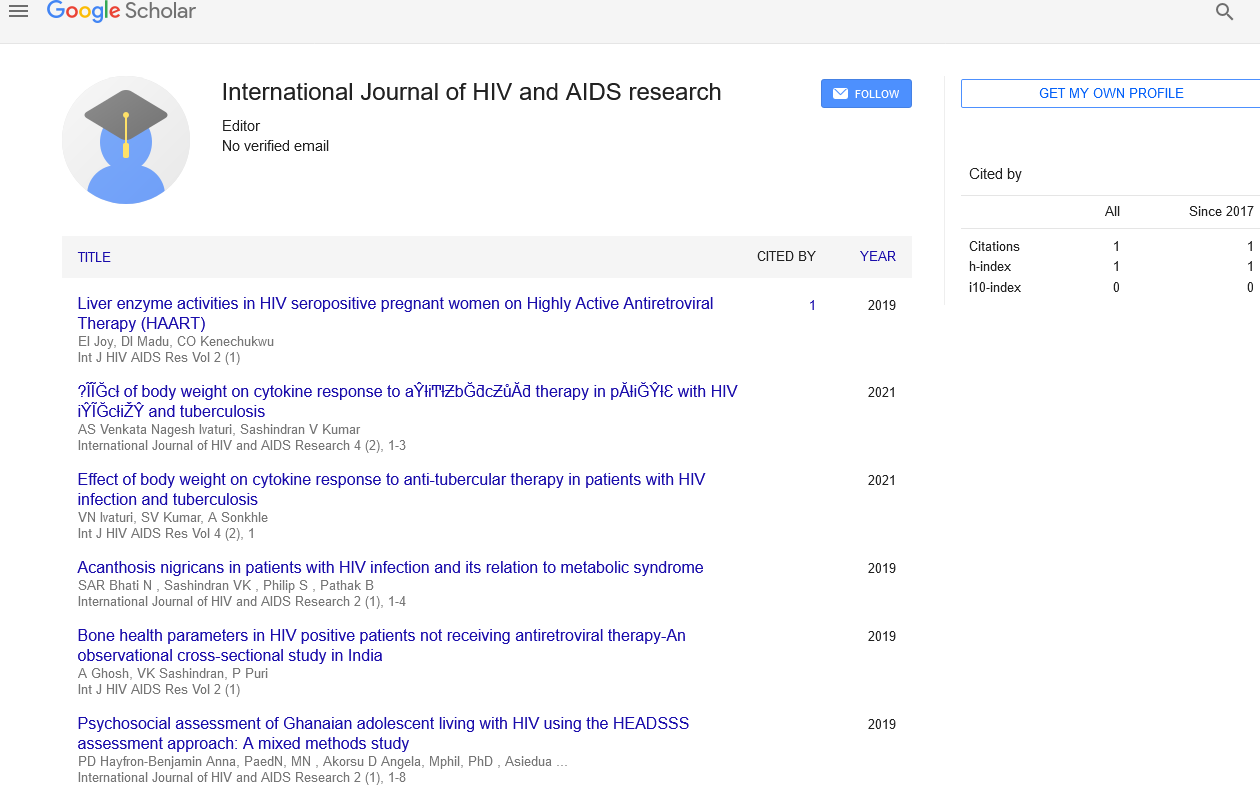A Comprehensive study of mass Spectrometry-based Lipidomics in food science and Nutritional Health
Received: 02-Jan-2022, Manuscript No. PULAFSJ-22-3931; Editor assigned: 15-Jan-2022, Pre QC No. PULAFSJ-22-3931(PQ; Reviewed: 31-Jan-2022 QC No. PULAFSJ-22-3931; Revised: 02-Feb-2022, Manuscript No. PULAFSJ-22-3931(R); Published: 12-Feb-2022, DOI: 10.37532/pulafsj.22.6(1).01
Citation: Diacomehred. A comprehensive study of mass spectrometry-based lipidomics in food science and nutritional health. 2022;6(1).
This open-access article is distributed under the terms of the Creative Commons Attribution Non-Commercial License (CC BY-NC) (http://creativecommons.org/licenses/by-nc/4.0/), which permits reuse, distribution and reproduction of the article, provided that the original work is properly cited and the reuse is restricted to noncommercial purposes. For commercial reuse, contact reprints@pulsus.com
Abstract
Lipids are a fundamental dietary ingredient with numerous nutritional and metabolic activities. Lipids are divided into eight classes, according to the Lipid Metabolites and Pathways Strategy project's classification system: fatty acyls, glycolipids, glycerophospholipids, sphingolipids, sterol lipids, phenol lipids, saccharolipids, and polypeptides, with a total of 43,413 lipid molecular species. Lipid characterization and quantification are difficult due to their complicated structures, various kinds, and varying physicochemical properties, necessitating the employment of highly specific and sensitive procedures.
Introduction
The food has increasingly been recognized as having functions for improving health and avoiding disease development, in addition to providing as a source of energy and minerals. Food regulates metabolism and hormone release, which is important for maintaining health Rahm, Palo, Fashion, & Mozaffarian, 2016. Food is now considered one of the main factors that are linked to diseases such as inflammation, cardiovascular disease (CVD), Alzheimer's disease, and so on, thanks to the development of research methods for studying various chronic diseases. As a result, the objectives of food analysis have shifted from guaranteeing food safety to mitigating the negative health and economic consequences of inadequate diets. Food lipidomics, on the other hand, faces numerous problems, including the complexity of the food matrix, individual variability, environmental influences, and multidimensional and distributed data. Meanwhile, the study of food lipidomics has grown with the advancement of lipid libraries, software, and platforms, as well as computer science and bioinformatics technologies. MS-based analysis is one of the most popular and extensively used food analysis methods. Lipidomics based on MS has developed as an essential method for food lipid analysis, addressing the molecular complexity of lipids and the vast In this study, we summarise the present state of MS-based lipidomics applications in the food area in recent years. The procedures for common MS-based lipidomics are first detailed. Second, the applications of MS-based lipidomics in food science are introduced and discussed, including lipid composition characterisation, adulteration, traceability, and other difficulties. Third, the importance of MS-based lipidomics for nutritional health is explored, including the impact of food active components or diet on health and disease, as well as the interactions between food and intestinal microbes. Finally, future research problems and trends are discussed. The most important step in lipid separation, enrichment, and concentration is lipid extraction. This process can help reduce the impact of proteins, salt, and other contaminant ions on lipid analysis as much as feasible. To optimise the extraction rate of lipids, extraction methods should be chosen based on the samples and target lipids. The traditional LLE methods developed by Folch et al. or Bligh and Dyer are well-established standard methods that have been widely described and applied in meats, milk, seafood, oils, and other foods, despite the fact that they are associated with operational difficulties in transferring lipid and rely on Following that, the extraction methods were chosen for their environmental friendliness, low hazardous solvents, and ease of application
Conclusion
In the last few years, a slew of studies using MS-based lipidomics have shown up in the food industry. Rather than following the norms of normal biological tissue sample procedures, this review can provide improved MS-based lipidomics methods directed at food sample analysis. One of the objectives of this review is to identify possible applications and research needs for novel MS techniques (e.g., new ion sources, new data gathering modes, and new separation tools) and data processing software in the food industry.





